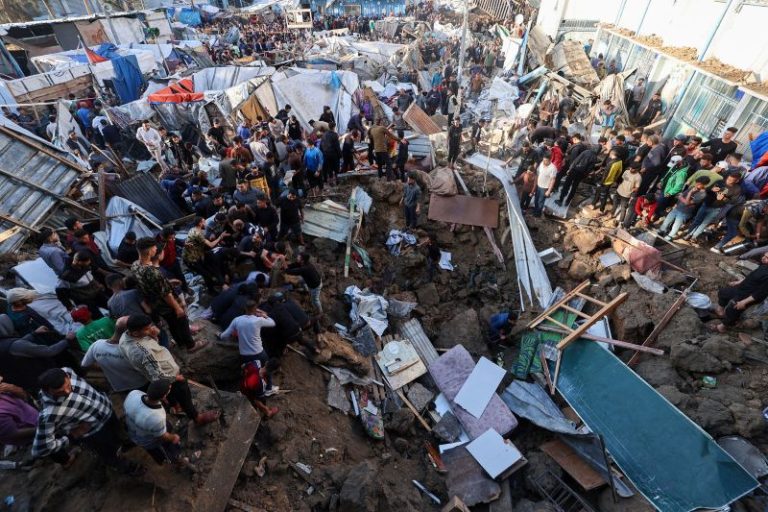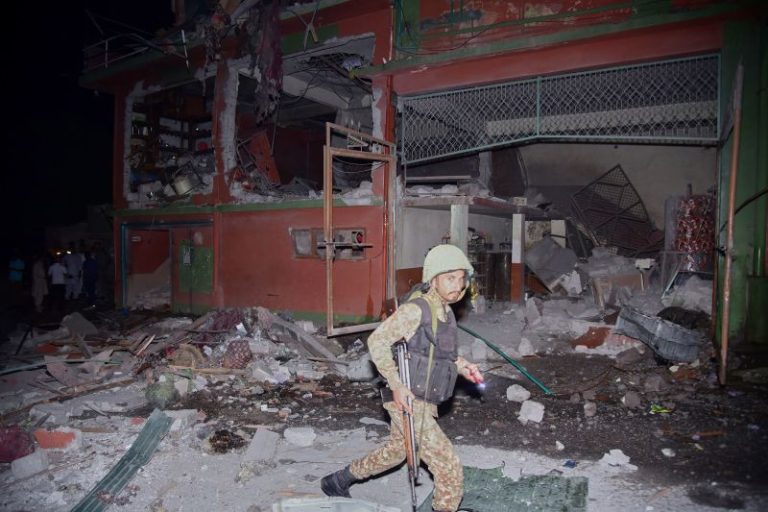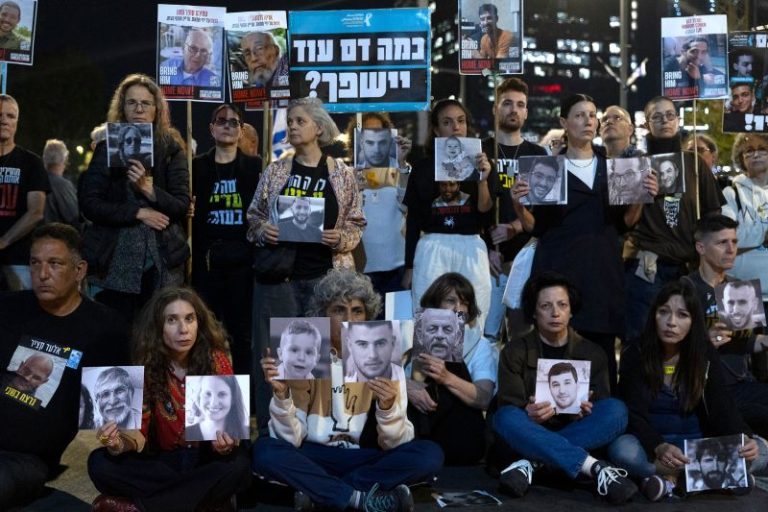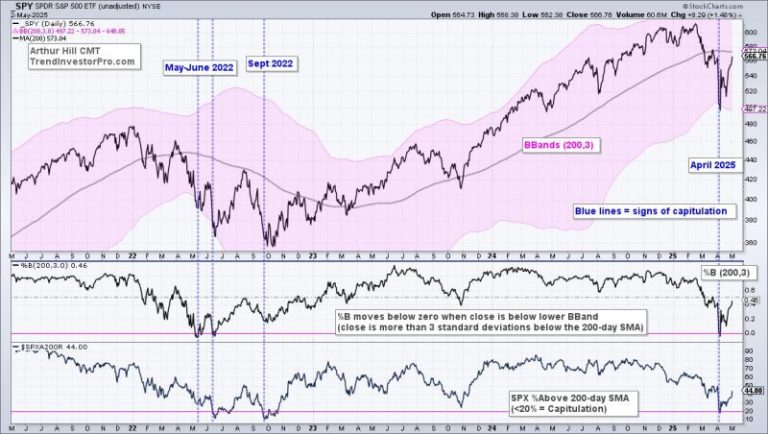India launched military strikes on Pakistan on Wednesday and Pakistan claimed it shot down five Indian Air Force jets, in an escalation that has pushed the two nations to the brink of war.
The escalation puts India and Pakistan, two neighbors with a long history of conflict, in dangerous territory, with Islamabad vowing to retaliate against India’s strikes and the international community calling for restraint.
New Delhi said the strikes are in response to the massacre of 26 people – mostly Indian tourists – who died in April when gunmen stormed a scenic mountain spot in the India-administered part of Kashmir, a disputed border region. India has blamed Pakistan for the attack, which Islamabad denies.
Here’s what we know so far.
India launched “Operation Sindoor” in the early hours of Wednesday morning local time (Tuesday night ET) in both Pakistan and Pakistan-administered Kashmir.
Indian officials said nine sites were targeted, but claimed no Pakistani civilian, economic or military sites were struck. They said the 25-minute operation targeted “terrorist infrastructure” belonging to two militant groups – Lashkar-e-Tayyiba and Jaish-e-Mohammed.
The name ‘Sindoor’ appears to be a reference to the red vermilion, or powder, many Hindu women wear on their foreheads after marriage. The April tourist massacre – which singled out men as victims – left several Indian women widowed.
A Pakistani military spokesperson said six locations were hit with 24 strikes. Some of those strikes hit the densely populated province of Punjab, Pakistan’s military said, and were the deepest India has struck inside Pakistan since 1971, when the two countries fought one of their four wars.
Pakistani security sources claimed they had shot down five Indian Air Force jets and one drone during India’s attack.
They did not say exactly where, or how, the jets were downed – but said three Rafale jets were among those planes. India’s Rafale fighter jets are prized military assets that it bought from France only a few years ago.
An eyewitness and local government official said an unidentified aircraft crashed in the village of Wuyan in Indian-administered Kashmir. Photos published by the AFP news agency showed aircraft wreckage lying in a field next to a red-brick building.
It was not immediately clear from the photos who the aircraft belonged to.
Pakistani Prime Minister Shehbaz Sharif said on Wednesday the country “has every right” to respond, calling India’s actions an “act of war.”
At least 26 civilians were killed and 46 injured by India’s strikes, a Pakistan military spokesperson said, according to the news agency Reuters.
Lt. Gen. Ahmed Sharif Chaudhry, a spokesperson for Pakistan’s military, said those killed include teenagers and children – the youngest of whom was three years old.
Seven civilians in Indian-administered Kashmir were also killed by shelling by Pakistani troops from across the border, Reuters reported, citing police there.
On Wednesday, the two sides also exchanged shelling and gunfire across the Line of Control (LOC), the de facto border that divides Kashmir.
Authorities in Indian-administered Kashmir have ordered citizens to evacuate from areas deemed dangerous, saying accommodation, food and medicine will be provided.
The strikes have disrupted flights, with Pakistan closing parts of its airspace. Multiple major international airlines are avoiding flying over Pakistan, while several Indian airlines have reported disrupted flights and closed airports in the country’s north.
Some context: There have been regular exchanges of gunfire along the Line of Control in the weeks following the Pahalgam massacre.
Muslim-majority Kashmir has been a flashpoint in India-Pakistan relations since both countries gained their independence from Britain in 1947.
The two nations to emerge from the bloody partition of British India – Hindu-majority India and Muslim-majority Pakistan – both claim Kashmir in full and, months after becoming independent, fought their first of three wars over the territory.
The divided region is now one of the most militarized places in the world.
India has long accused Pakistan of harboring militant groups there that conduct attacks across the border, something Islamabad has long denied.
The massacre in the tourist hotspot of Pahalgam in April sparked widespread anger in India, putting heavy pressure on the Hindu-nationalist government of Prime Minister Narendra Modi.
India immediately blamed Islamabad, sparking tit-for-tat retaliatory measures in which both countries downgraded ties, canceled visas for each other’s citizens, and saw India pull out of a key water-sharing treaty.
The three previous wars over Kashmir have each been bloody; the last one in 1999 killed more than a thousand Pakistani troops, by the most conservative estimates.
In the decades since, militant groups have fought Indian security forces, with violence killing tens of thousands. The two countries have clashed multiple times, most recently in 2019 when India conducted airstrikes in Pakistan after it blamed Islamabad for a suicide car bomb attack in the region.
But those recent clashes did not explode into all-out war. Both sides are aware of the risks; since 1999, the two countries have worked to strengthen their militaries, including arming themselves with nuclear weapons.
The strikes have raised global alarm and pleas for the two nations to prevent further escalation.
United Nations Secretary-General António Guterres voiced “deep concern” over India’s strikes, warning that the world “cannot afford a military confrontation” between the two nations.
The United States – which had urged restraint from both countries last week – said it was “closely monitoring developments,” according to a State Department spokesperson.
“We are aware of the reports, however we have no assessment to offer at this time,” the spokesperson said Tuesday. “This remains an evolving situation, and we are closely monitoring developments.”
The United Arab Emirates, China and Japan have also called for both sides to de-escalate.
This post appeared first on cnn.com










